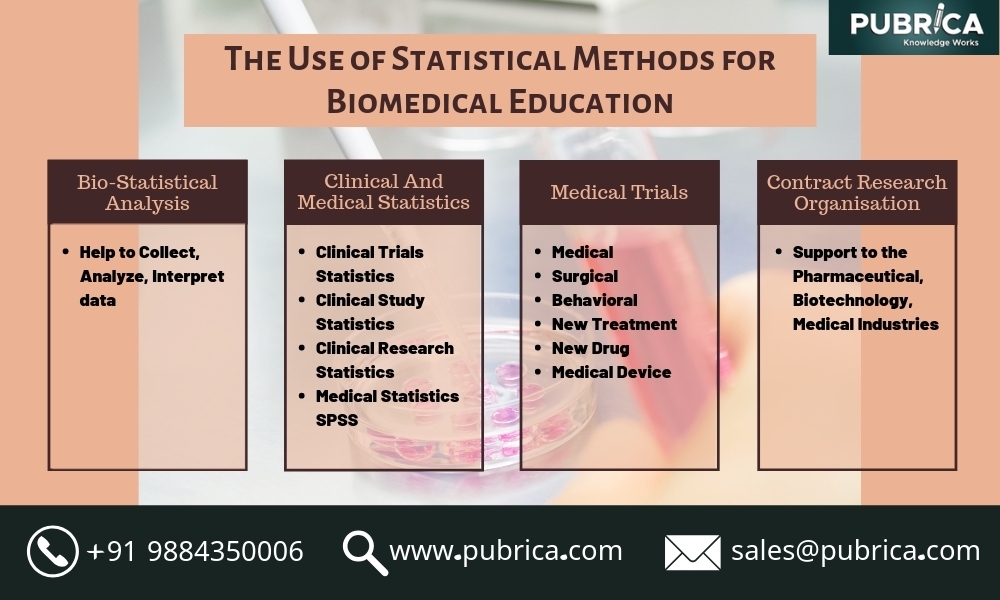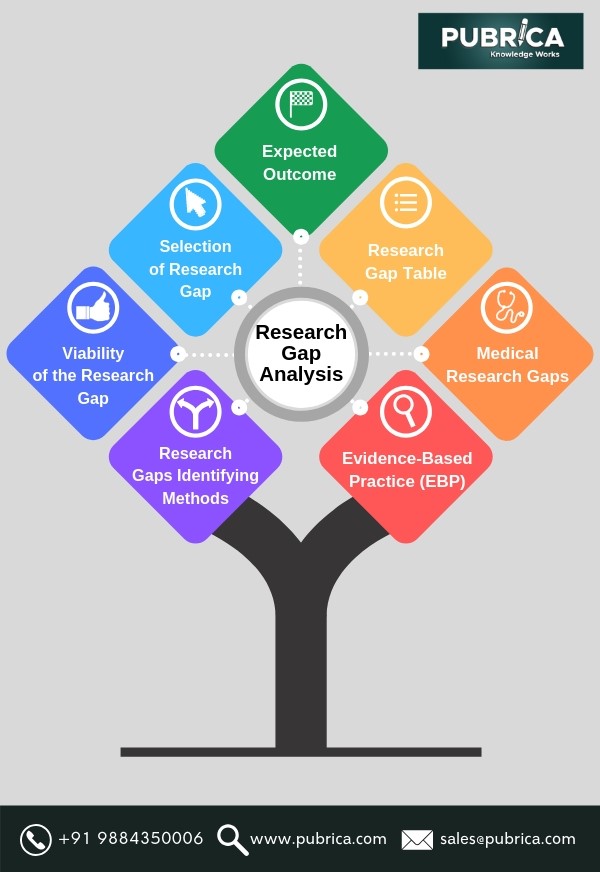
The statistical content of published medical research: some implications for biomedical education
August 27, 2019
The Encodings of class variables in SAS regression procedures:
August 31, 2019Research gap is a problem, which is not addressed properly. This may be due to lack of sufficient information to support their claim and also literature gap which are the missing or incomplete piece of data in the research literature that is not been explored or ventured so far. It can be anything to everything from a population of samples-sizes, types, etc. It may arise due to failure in understanding the working of particular instruments, new technological advances or studying a new organism that has been recently discovered.
Research gaps can be identified by citation analysis, systematic reviews and in the introduction section of research articles and finally in the discussions and future research sections in research papers or journals which researchers have already published.

Research Gap analysis:
1.Identify the broad area:
The researcher has to narrow down his area of interest e.g. if your area of interest is animal protection techniques, you can narrow it down to techniques to protect tigers. This will be the starting stone to further research. Identification of the research gap can be achieved by studying more literature on that particular subject.
2. Research gaps identifying methods
It is necessary to formulate questions that will require more research and investigation to formulate a research gap. This can be done by collecting data or resources from books, journals or databases that will help in identifying the research gaps. Reviewing data over a period of 5-10 years is the best way to narrow down the search at the same time identifying the literature gaps.
3. Viability of the research gap
After the first two steps, if the research question is not viable then modifying the research problem which is the best way to move ahead. This may be due to the confusing literature review methodology
4. Selection of research gap
This is totally dependent on the researcher, his interests and his contribution. This may be due to availability of literature easily to the researcher, e.g. if the problem identified is indiscriminate setting up of traps to hunt tigers and the literature in databases is limited so one has to refer to books and other miscellaneous sources to gather data.
5. Expected outcome
The researcher should have some expected outcomes in mind when he sets his foot into the research problem. If the gap identified by the researcher doesn’t bear any usefulness than the gap can be described as vague and unnecessary and the researcher should consider revising the entire process.
6. Research gap table
Another way you can find the research problem is by using the research gap table. The first column in the table includes the category which consists of characteristics, presentation of the research problem etc. The Second column is made up of the sub-category possessing knowledge deficiency, non-matching evidence, conflict in the resources, etc. The third column contains the definition where the causes of the research problem, reasons for the existence of the research gap are mentioned and at the same time how to present your findings in the research table is also mentioned. The last column which is nothing but the research gaps show the no of gaps in the research.
7. Medical Research Gaps
Medicine deals with treatment, prevention of various diseases and ailments which affect humans. It is a vast field where research is specified in definite areas within medicine. Over the years medical research has been able to make vaccines and medicines which have cured some important diseases in the human race.
As time has passed by, many new diseases and ailments have entered the human world making the research gap wider with the increased scope but also resulted in the involvement of more time and resources.
Here’s a list of major gaps in certain areas which would revolutionize medical research altogether:
- Treatment of cancer
- Vaccine for AIDS
- Prevent ageing
- Advance study of the human brain
- Prevention/treatment of hereditary diseases
- Stem cells in organ harvests
Even if we are successful in filling the gaps in medical research there will be more gaps created soon.
8. Evidence-based practice (EBP)
Evidence-based practice is the best available guidance which combines best research evidence in making decisions on patient care using clinical expertise leading to improvement in patient outcome. Over the years EBP has spread to other fields like nursing, psychology, etc.
Components of Evidence-based practice include:
1.Available evidence
Evidence-based research focuses on using and applying the best available evidence but major issues are finding ways to applying the research.
2. Skills and knowledge of the clinician
The knowledge of the clinician plays a key part in research, especially during evidence collection. This includes activities within the physician’s own knowledge, education, competency, and judgement.
3. Patient’s need and perspective
The entire process is waste if a patient’s needs are neglected, so patients need is an important area in the evidence-based process. The clinician should look after the patients cultural, values and needs to provide the best service.
Nurses usually use two types of EBP namely Qualitative and Quantitative EBP to evaluate and guide nursing interventions to improve patients care. However, before implementing this lot of reading and explanations are required to be done by the clinician.
Tags:
journal Publishing services | Scientific Editing Services | Medical Writing Services | scientific research writing service | Scientific communication services
Related Topics:
Literature gap and future research
Meta-Analysis in evidence-based research



